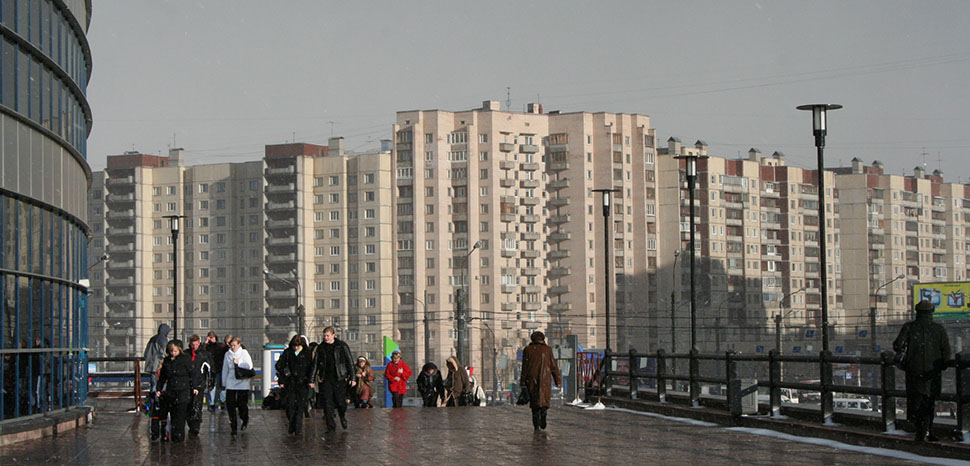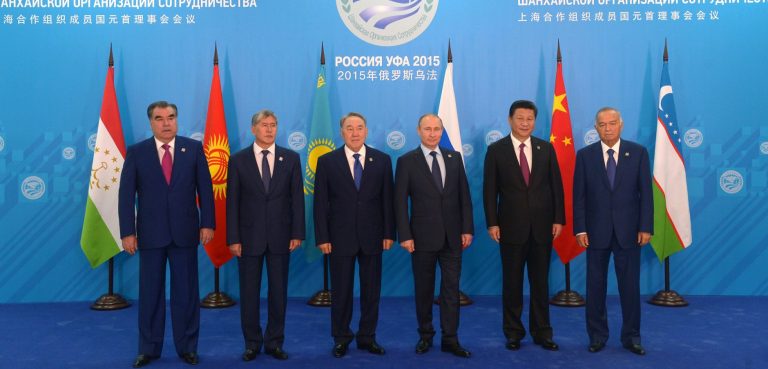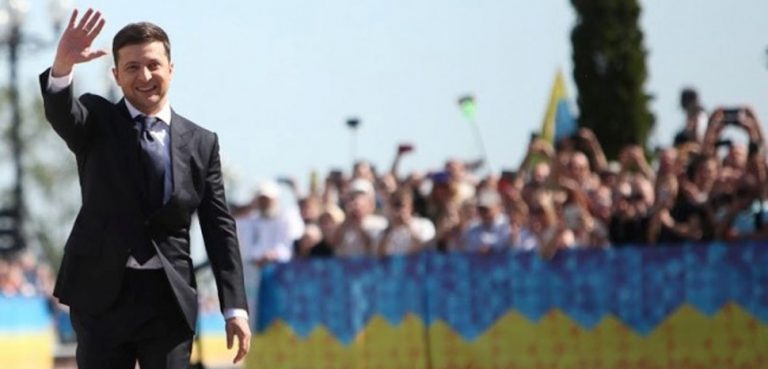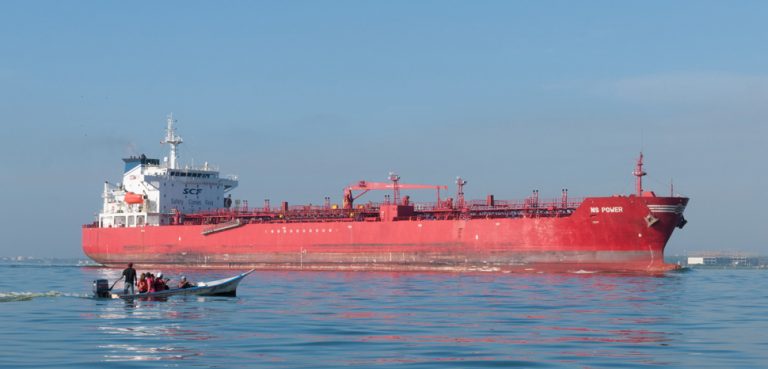After the first several weeks of blunder, disorganization, and military setbacks in the North of Ukraine, Russia successfully consolidated its forces for large-scale offensives in the East, paving the way for the successful capture of Luhansk and the strategically important city of Izium, though both victories came at a pyrrhic cost. Both Ukraine and Russia suffered mass casualties and logistical strains; for example, upwards of 50,000 to 60,000 shells were believed to be fired per day by the Russian Armed Forces during its Eastern Offensive.
The victories in Luhansk and around Izium were widely trumpeted by the Russian media, and Ukrainian government officials have at times acknowledged high casualties in East. For a moment, it was looking as if the tide in the war had turned in Russia’s favor — but then, Western shipments of long-range weaponry finally began to arrive.
With long range artillery, such as the HIMARS system received from the United States, Ukraine has successfully targeted Russian command posts, logistically hubs, ammunition depots, and strategically important bridges, particularly in Kherson. Not only have these strikes been of strategic importance, but they have also helped create manpower issues within the Russian military. This in turn has caused the authorities to step up recruitment efforts throughout the Federation. Likewise, the Wagner Group has extended recruitment campaigns to prisons and proxies in the various regions where it operates.
On August 9th, Ukraine scored its most valuable operational victory, striking the Russia-occupied Saky Airbase in Crimea. At least eight aircraft were destroyed, and several others were rendered inoperable; Russia’s Black Sea Fleet fixed wing was decimated. Russian tourists and colonists that moved into Crimea since the illegal annexation of 2014 panicked, fleeing Crimea post haste across the Kerch Bridge in the days that followed.
Not only was the strike on an airbase in Crimea a strategic blow, but it was also a major psychological blow and potential turning point in the war. Crimea was called an “unsinkable aircraft carrier” by Russian experts and over one million colonists had settled in stolen homes after the annexation. Striking Crimea spread fear and confusion, particularly because top Russian air defense systems, such as the S400 proved completely unable to intercept the weapon used in the attack. Crimea was hit again across multiple airbases on August 16th, further degrading the Russian Black Sea Fleet capabilities. Moscow has now lost its most prized flagship of the Black Sea and has been forced to shed the illusion that its nearby military strongholds would never get hit. Summer vacation in Crimea was effectively ended.
Recently, EU countries, particularly in Eastern Europe, have enacted a tourist visa ban on Russian citizens. These countries include Estonia, Lithuania, Latvia, Poland, and Czech Republic. Though not implemented throughout the Union, there is mounting pressure to widen the visa ban, motivated in large part by the fact that Russian citizens have been largely apathetic about the brutal war in Ukraine and hesitant to condemn their government. Another argument is that the visa ban will effectively target the Russian elite, as most visa applications from Russia are primarily from Saint Petersburg and Moscow, compared to the rest of the country which generally cannot afford to travel.
A recent Yale report has expanded on the effects of sanctions on the Russian economy; the findings broadly paints a grim future for the country, and one that Putin will have a harder and harder time hiding from the public. Russian senators have even discussed printing money just to survive the sanction regime. The Kremlin can also no longer hide its growing manpower woes from the protracted fighting, going so far as to disseminate recruitment ads in Moscow recently, a city that had been kept insulated from the war’s effects for fear of political blowback.
Thinking the world would produce the same reaction to past military actions in Chechnya, Georgia, and Syria, Putin has found himself in a protracted conflict that could spell the end of the economic and international progress he has made during his long reign. The reality of the war has official set in and now the Kremlin cannot find a way out that favors Russian interests. For the first time in decades, the risks have outweighed the rewards for the average Russian.
The views expressed in this article belong to the authors alone and do not necessarily reflect those of Geopoliticalmonitor.com




